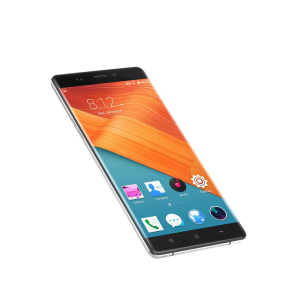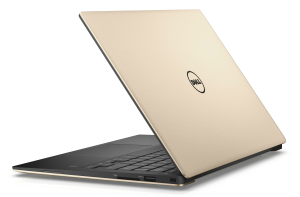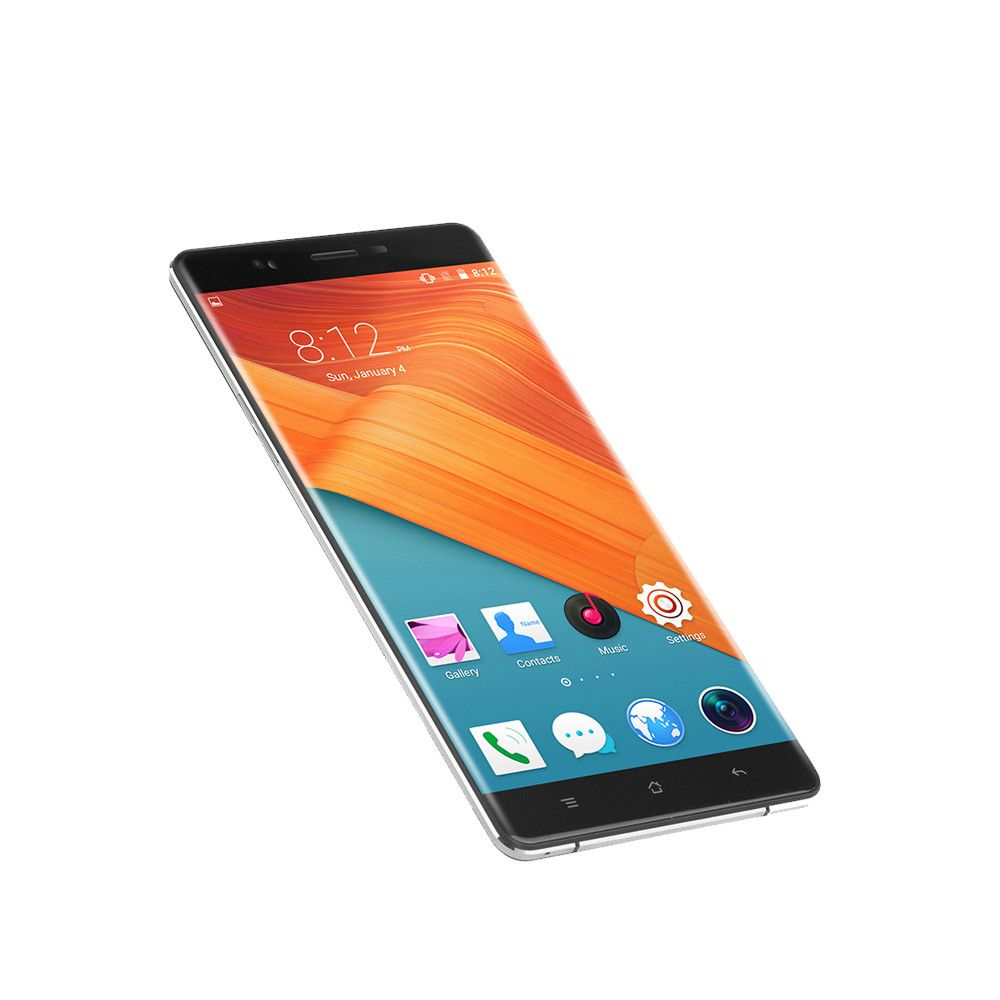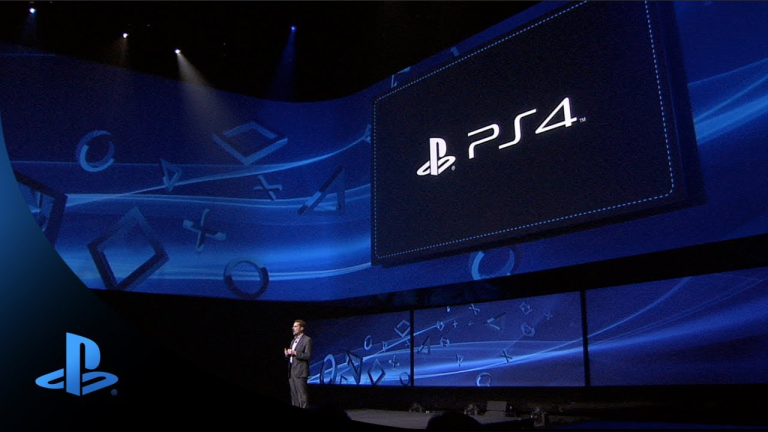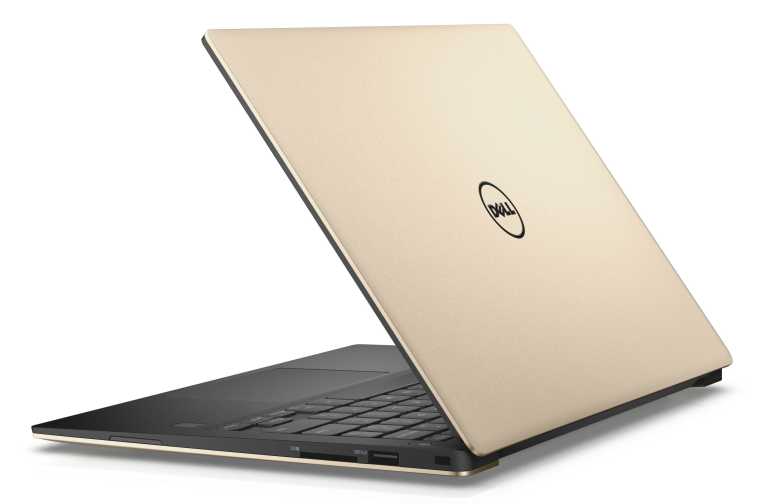Thin Android smartphones have taken the mobile landscape by storm, redefining the boundaries of design and functionality. In 2012, a fierce smartphone competition emerged as manufacturers raced to produce the most stylish and ultra-thin smartphones, capturing the imaginations of tech enthusiasts and casual users alike. The Motorola Droid RAZR set the stage in late 2011, boasting a sleek profile that challenged previous standards of smartphone design. Fast forward to the International Consumer Electronics Show 2012, where the spotlight shines on contenders like the Huawei Ascend P1 S and the Fujitsu Arrows F07D, both vying for the title of the thinnest smartphones of 2012. With each model claiming to outdo the other, it’s a captivating time for anyone looking to upgrade to a remarkably slim yet powerful device.
In recent years, the rise of remarkably thin mobile devices has transformed how we view smartphone technology. These slim-line devices not only appeal for their aesthetic charm but also for their impressive capabilities, seamlessly integrating into users’ daily lives. A new generation of sleek phones, including incredibly narrow models such as the Huawei Ascend P1 S and the patent-pending designs from Fujitsu, are creating a significant buzz in the marketplace. As manufacturers hone in on creating the lightest and most compact designs, consumers are left with an exciting array of choices that marry cutting-edge technology with stylish form factors. The evolution of these contemporary mobile devices demonstrates a clear trend toward prioritizing elegance without sacrificing performance.
The Rise of Thin Android Smartphones
In 2012, the smartphone landscape witnessed a remarkable evolution with the emergence of ultra-thin smartphones that are designed to cater to the aesthetic and functional desires of consumers. Among these, Android smartphones have taken the lead, establishing a fierce battle for the title of ‘the thinnest device’. This competition not only showcases advancements in technology but also reflects changing consumer preferences towards sleeker, lightweight devices that do not compromise on performance.
Leading the charge was the Motorola Droid RAZR, which shocked the market with its astonishingly slim profile when it launched in late 2011. With its razor-thin design, this smartphone set a new standard in mobile engineering and sparked the desire for more ultra-thin devices. Following suit, Huawei introduced the Ascend P1 S, which boasted an equally impressive slimness and modern aesthetics, further igniting interest among tech enthusiasts and the general public alike.
Smartphone Competition and Consumer Choices
The competition among smartphone manufacturers has intensified significantly as they strive to outdo each other in the pursuit of the thinnest smartphone. With major players like Motorola and Huawei showcasing their latest innovations, consumers are left with intriguing, yet challenging choices. The battle signifies not only a technological contest but also a marketing strategy aimed at distinguishing each brand in a saturated market.
By introducing models like the Huawei Ascend P1 S and Fujitsu Arrows F07D, companies are creating options that optimally blend style and functionality, appealing to a wider consumer base. As consumers increasingly seek out thinner, more stylish smartphones, manufacturers are compelled to innovate, potentially leading to new benchmarks in both design and hardware capabilities for future releases.
Features and specifications are becoming ever more relevant in this combat of thinness. While lightweight designs enchant buyers with visual appeal, consumers must also consider processing power, battery life, and camera quality. Striking a balance between these aspects remains a challenge, and will be pivotal in determining which brands ultimately dominate the ultra-thin smartphone market.
Exploring the Thinnest Smartphones of 2012
The year 2012 marked an epoch of competitiveness in the smartphone industry, particularly with the race to create the thinnest device. The Motorola Droid RAZR initially captured hearts with its unprecedented thinness, setting a record that others quickly aimed to surpass. This led to an array of impressive devices hitting the market, including the Huawei Ascend P1 S, which aggressively promoted its slender design without sacrificing core functionality.
Such achievements in smartphone design reflect a broader trend toward lightweight consumer electronics. The thinnest smartphones in 2012 brought a fresh wave of innovation, featuring materials and engineering practices that previously seemed unattainable. As manufacturers find ingenious ways to integrate necessary technology into sleek profiles, they are simultaneously challenging users’ perceptions of what a smartphone can and should be.
The Impact of Design on User Experience
The design of thin Android smartphones extends beyond mere aesthetics; it significantly influences user experience. By minimizing thickness, manufacturers offer a sense of elegance and portability, making devices easier to handle and carry. Users are often impressed by the sleek silhouettes and lightweight design, which contribute to a more enjoyable interaction with the device.
However, while thinness is appealing, it is crucial for manufacturers to ensure that this does not compromise performance or battery life. The challenge lies in adopting innovative materials and technologies that allow for a slim design without sacrificing the essential features consumers rely on. The 2012 models serve as a case study in finding the balance between form and function, which will continue to shape the market.
Technological Innovations Behind Thin Smartphones
The drive towards creating ultra-thin smartphones in 2012 necessitated innovative technologies that could withstand the intensifying competition. Manufacturers invested significantly in research and development to pioneer lighter materials and embedded technology that supported thinner profiles without compromising overall performance. This resulted in smartphones that are not only aesthetically pleasing but also packed with high-end features.
For instance, advancements in battery technology allowed manufacturers to develop thinner lithium-ion batteries, which were essential in achieving the desired slim design. Similarly, advancements in integrated circuits paved the way for compact components that fit seamlessly within a thinner chassis, contributing to more lightweight and functional devices like the Huawei Ascend P1 S and Motorola Droid RAZR.
Consumer Trends Driving Smartphone Evolution
Today’s consumers are heavily influenced by design trends, driving smartphone manufacturers to prioritize sleek and slim models. This shift towards aesthetic form factors has cultivated a culture where consumers equate thinness with sophistication and modernity. In this context, ultra-thin smartphones have become not just practical communication tools, but also style statements.
As such, the preference for slimmest smartphones, as evidenced by the competition seen in 2012, illustrates a broader trend within the tech industry. Companies are recognizing that consumers do not only seek performance; they desire devices that reflect their personal style and align with contemporary design sensibilities. Consequently, this trend challenges manufacturers to continually innovate and adapt in order to meet evolving consumer demands.
Key Players in the Thin Smartphone Market
The thin smartphone surge in 2012 was heavily characterized by key players including Motorola, Huawei, and Fujitsu. Each company aimed to set new standards, commencing a race that fueled innovation across the industry. Motorola’s Droid RAZR exemplified a turning point for how smartphones could be engineered to strike the perfect balance between extreme thinness and necessary technological capabilities.
Similarly, Huawei’s entry into this domain was marked by the Ascend P1 S, which competed fiercely with Motorola’s flagship offering. With each brand unveiling their ultra-thin devices, the market has not only become competitive but has also been driven toward better design practices and consumer satisfaction as core priorities. This dynamic environment is set to influence future smartphone designs and technology significantly.
Conclusion: The Future of Smartphone Design
As we advance beyond 2012, the quest for the thinnest smartphones will undoubtedly continue, reflecting ongoing consumer demand for sleek and powerful devices. It proves that the intersection of design and functionality is a driving force in the smartphone market. Exciting advancements in technology, materials, and manufacturing processes will pave the way for even more innovative devices in the coming years.
Looking ahead, the smartphone landscape will shape itself around this blend of aesthetic appeal and high-performance functionality. With each iteration, manufacturers will work to create devices that are not only thinner but also capable of handling ever-evolving technological demands. The ongoing interest in ultra-thin smartphones sets the stage for a remarkable future in mobile technology.
Frequently Asked Questions
What are thin Android smartphones and why are they popular?
Thin Android smartphones, often referred to as ultra-thin smartphones, have gained popularity due to their sleek designs, lighter weight, and the latest technology packed into compact profiles. Consumers are drawn to these devices for their aesthetic appeal and improved portability, making them a preferred choice in the smartphone competition.
What is considered one of the thinnest smartphones available in 2012?
In 2012, the Motorola Droid RAZR was celebrated as one of the thinnest smartphones available, measuring just 7.1mm thick. It set a standard for ultra-thin smartphones, prompting manufacturers like Huawei with their Ascend P1 S and Fujitsu with the Arrows F07D to also compete for that title.
How does the Huawei Ascend P1 S compete with other thin Android smartphones?
The Huawei Ascend P1 S, unveiled at CES 2012, competes fiercely in the ultra-thin smartphone market by boasting a thickness of merely 6.68mm. This impressive design not only showcases Huawei’s engineering capabilities but also aligns with the trends set by earlier models like the Motorola Droid RAZR.
Are thinner smartphones less powerful than thicker models?
Not necessarily. While some may assume that the push for thinness compromises performance, many thin Android smartphones, including the Motorola Droid RAZR and Huawei Ascend P1 S, incorporate advanced technology and powerful processors, ensuring they compete effectively in terms of speed and functionality despite their slim designs.
What technological advancements allow for the creation of ultra-thin smartphones?
Technological advancements such as improved battery technology, miniaturization of components, and innovative material usage contribute to the creation of ultra-thin smartphones. Devices like the Huawei Ascend P1 S and Motorola Droid RAZR exemplify how manufacturers are pushing the boundaries of design without sacrificing performance.
| Smartphone | Claim to Fame | Manufacturer |
|---|---|---|
| Motorola Droid RAZR | Thinnest smartphone on the market | Motorola Mobility and Sanjay Jha |
| Huawei Ascend P1 S | Claims to be the thinnest | Huawei |
| Fujitsu Arrows F07D | Also claims to be the thinnest | Fujitsu |
Summary
Thin Android smartphones have become a significant focus in 2012, with several manufacturers striving to create the slimmest devices on the market. Not only does the Motorola Droid RAZR hold the title of the thinnest smartphone, but it is now joined in this competition by the Huawei Ascend P1 S and the Fujitsu Arrows F07D. This push for thinner designs highlights a growing trend in mobile technology where aesthetics and portability are paramount, captivating consumer interest and shaping the future of smartphone development.
